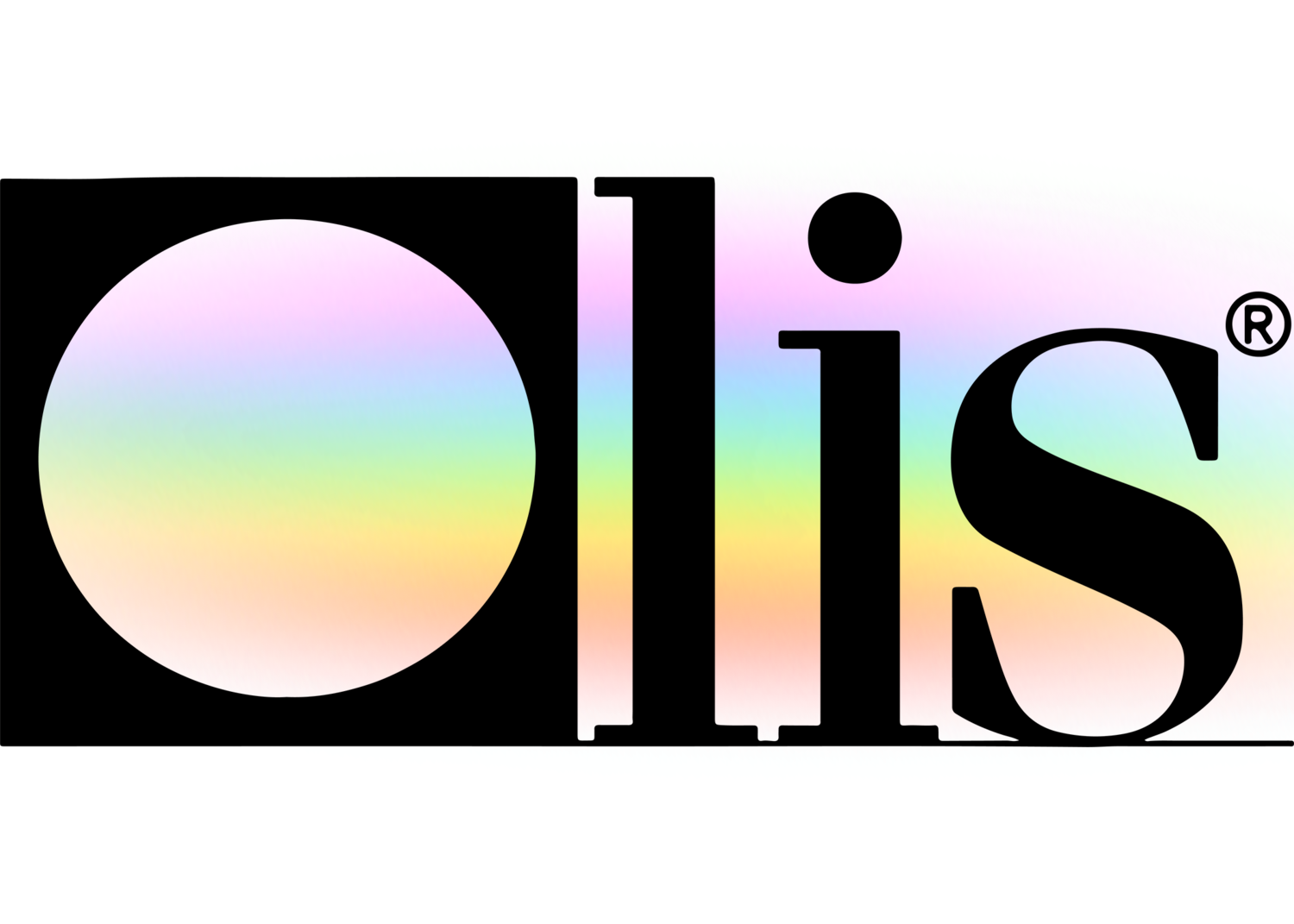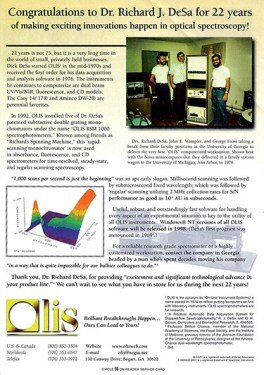Uv/vis/nir for Dummies
Some Known Details About Spectrophotometers
Table of ContentsSpectrophotometers Fundamentals ExplainedFascination About Circularly Polarized LuminescenceSome Known Factual Statements About Circularly Polarized Luminescence Rumored Buzz on Circular DichroismWhat Does Uv/vis/nir Mean?

Spectrophotometry is a tool that hinges on the quantitative analysis of molecules depending on how much light is soaked up by colored compounds.
Facts About Uv/vis/nir Revealed
A spectrophotometer is commonly used for the measurement of transmittance or reflectance of options, transparent or nontransparent solids, such as sleek glass, or gases. Many biochemicals are colored, as in, they take in visible light and for that reason can be measured by colorimetric treatments, even colorless biochemicals can often be transformed to colored compounds appropriate for chromogenic color-forming reactions to yield substances suitable for colorimetric analysis.: 65 Nevertheless, they can also be developed to measure the diffusivity on any of the noted light ranges that typically cover around 2002500 nm using various controls and calibrations.
An example of an experiment in which spectrophotometry is utilized is the decision of the stability constant of a solution. A particular chemical response within an option may take place in a forward and reverse direction, where reactants form products and items break down into reactants. Eventually, this chemical response will reach a point of balance called a balance point.
More About Uv/vis/nir
The quantity of light that travels through the solution is a sign of the concentration of specific chemicals that do not allow light to go through. The absorption of light is because of the interaction of light with the electronic and vibrational modes of molecules. Each type of particle has a private set of energy levels connected with the makeup of its chemical bonds and nuclei and thus will soak up light of particular wavelengths, or energies, leading to special spectral homes.
The use of spectrophotometers covers numerous clinical fields, such as physics, products science, chemistry, biochemistry. UV/Vis, chemical engineering, and molecular biology. They are widely used in lots of markets including semiconductors, laser and optical production, printing and forensic examination, in addition to in labs for the research study of chemical substances. Spectrophotometry is frequently used in measurements of enzyme activities, decisions of protein concentrations, determinations of enzymatic kinetic constants, and measurements of ligand binding reactions.: 65 Eventually, a spectrophotometer has the ability to determine, depending on the control or calibration, what compounds are present in a target and precisely just how much through computations of observed wavelengths.
This would come as an option to the previously developed spectrophotometers which were unable to soak up the ultraviolet properly.
Uv/vis/nir Things To Know Before You Get This
It would be discovered that this did not offer satisfying results, for that reason in Design B, there was a shift from a glass to a quartz prism which enabled much better absorbance outcomes - circular dichroism (https://sketchfab.com/olisclarity1). From there, Design C was born with an adjustment to the wavelength resolution which wound up having 3 systems of see this website it produced
It irradiates the sample with polychromatic light which the sample absorbs depending upon its residential or commercial properties. Then it is transmitted back by grating the photodiode array which identifies the wavelength area of the spectrum. Given that then, the development and application of spectrophotometry gadgets has actually increased profoundly and has turned into one of the most innovative instruments of our time.

Rumored Buzz on Circular Dichroism
The grating can either be movable or repaired.
In such systems, the grating is fixed and the intensity of each wavelength of light is determined by a different detector in the array. In addition, most modern mid-infrared spectrophotometers use a Fourier transform strategy to acquire the spectral info - https://www.figma.com/file/eT4jdyebIeUQ23ozOL89IX/Untitled?type=design&node-id=0%3A1&mode=design&t=vN0gsYYCmHohU5HF-1. This strategy is called Fourier change infrared spectroscopy. When making transmission measurements, the spectrophotometer quantitatively compares the portion of light that passes through a reference solution and a test option, then digitally compares the intensities of the two signals and computes the percentage of transmission of the sample compared to the recommendation standard.
